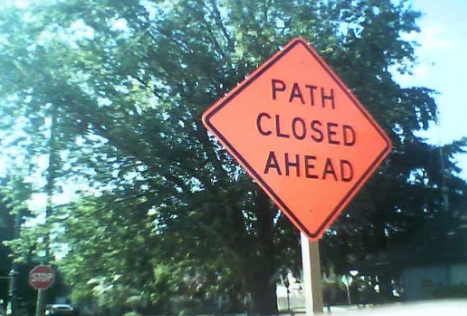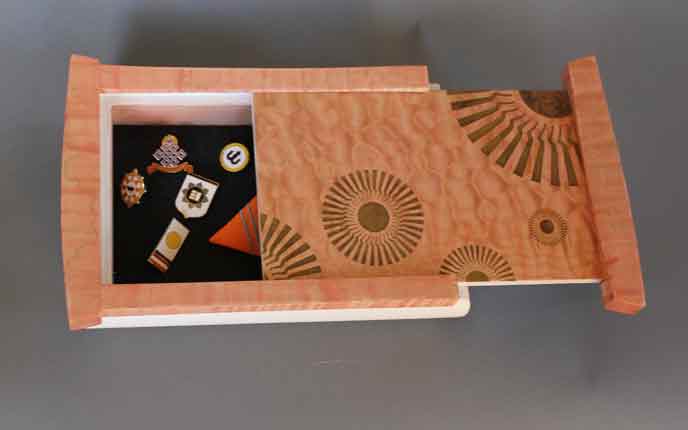 You might notice I do this a lot – looking back to what I was doing at a certain time. I imagine this process helps me evaluate the journey so far; a way to see how far I have come, from where I have come. In part its a recognition and a gratitude for how life has unfolded for me. Last week, I shared thoughts from my cycling career; this week it is reflection on my meditation path. Because, it was a year ago to the day I was travelling to central France for a 4 week retreat, a ‘dathun’ as it is called in the buddhist tradition in which I practice.
You might notice I do this a lot – looking back to what I was doing at a certain time. I imagine this process helps me evaluate the journey so far; a way to see how far I have come, from where I have come. In part its a recognition and a gratitude for how life has unfolded for me. Last week, I shared thoughts from my cycling career; this week it is reflection on my meditation path. Because, it was a year ago to the day I was travelling to central France for a 4 week retreat, a ‘dathun’ as it is called in the buddhist tradition in which I practice.
What a year it has been since! I have got married. The Buddhist tradition in which I have been practicing, my spiritual home for nearly 9 years, has come to the edge of distinction / destruction. And, I have come to know a different Helen, and needed to mourn the person I thought I was and / or the person who has been locked behind the old identity – that sense of “if only I knew what I know now”
The latter two are undoubtedly related or at least feed in to one another: but I would say that, I’m existential psychotherapist after all, someone who will bring uncertainty and our relationship to it to the fore whenever they get the chance!
Rewind 12 months then…
I headed off to Limoges with something of a renewed vigour as a practitioner within the Shambhala Buddhist tradition. I’ve had an on / off relationship with the tradition – sometimes it has felt there is no-where else that could provide such a home, other times I have doubted it intensely and spent much energy finding alternatives. Committing to the dathun was something heart felt and significant – it remains so, even given what is happening now in the community. The other Shambhalians I met, the practices, the teachers – a transformational month that I imagine is still unfolding within me. As my meditation teacher suggested to me after the retreat “You can never forget a dathun, it remains in your DNA”. I do sense it was the ground from which a year of change (read ‘mid-life crisis’ or ‘journey in to the wasteland’) has bloomed.

On dathun, I had several key experiences that HAVE provided ground in what is now a very groundless time for Shambhalians. Since last June, we have been a community without leadership – the head of the lineage facing allegations of abuse. In the past month, these allegations have been confirmed by numerous sources and reports. This time of year in Tibetan Buddhism is called the Dön season (a time where the accumulated karma from the past year rises up and, as I heard one teacher describe, it “feels like it’s slapping you in the face”). In the past few days, a very raw time with disclosure after disclosure upping the ante of the ‘shambles’ that has taken place, it has felt hard being associated with a community that has been complicit with abuse. I have even touched the shame of being exposed as a member of a ‘cult’. How did I wind up here? “I thought I was signing up to a Buddhist tradition?” But I guess that is a facet of cults – effective duping.Ground, an interesting idea that when we speak of uncertainty. I have a long history of trying to find ‘ground’. My career as an athlete was incredibly disciplined and structured; the academic environment was one in which I thrived because it gave a repeating, predictable structure. I guess I believed that a spiritual path such as Buddhism would provide more of the same. The Shambhala path, with its various “levels”, “programmes”, “assemblies” is a highly curriculum-ised path. Yes, structure…to the extent it can feel (as my friend Tim described it today over lunch) like conveyer belt Buddhism. There was often a sense that it was a race within the sangha – “what level are you at?”, “which programme is next for you?”. People collected programmes and the associated pins (no joke, for a path that urges us to “abandon all hope of fruition”, these awards were the source of much pride and envy. You can even buy a “Shambhala pin box”!)
I’m one of the more fortunate ones: the victims of the abuse, those with more riding on membership of the community and in relationship with the Osel Mukpo (formerly titled as “Sakyong”) directly. Some have lost their dignity, some have lost their guru. I have lost a lot less in comparison. At times it can feel like I have wasted time travelling on this path, as I now need to find another container for my practice – but like I said above, all that I have experienced so far stays with me, “in my DNA”; and that is far from a waste.
How do we find ground in such uncertain times? We’ve all experienced our own versions of this – losing a partner, a relationship, a job. We have all been destabilised, we have all lost an anchor. I don’t think I ever really acknowledged how much the identity of being a Shambhala buddhist gave me. And, maybe there is still room for acknowledging the full impact of this situation on me, and how I shape my life – consciously at least. But it does. For instance, when I got married last May, the structure of the ceremony was based on Buddhist and Shambhala teachings. A teaching from the then Sakyong was even one of the readings.
With the path ahead somewhat crumbling (it doesn’t always feel that way – just when I look up), it is inevitable to start looking for alternatives. I still take great inspiration from the original Shambhala teachings, those expounded by Chögyam Trungpa Rinpoche, the father of the Osel Mukpo. Having been deeply touched by teachers like John Welwood (who passed away a few weeks ago), I have developed a profound wish to study and practice under other students of Chögyam Trungpa. Reggie Ray is one such teacher and I recently enrolled on a 10 week online course of his exploring the somatic meditation practices. Since becoming a meditator and training as a therapist, I have come to know how little I was aware of my bodily experience (as I wrote last week, there was a suppression of what was felt through the physical suffering I imparted on my Self). Reggie Ray’s course is opening a new vista to me – the inner world of the soma.
I’m only two weeks in to the course, but the experiences of the 10 point practice, and the Earth descent are opening up a deeper awareness of my experience. It is developing what neuroscientist’s call ‘interoception‘. I was ready for this exploration – the mid life crisis tenderising me! I have come to realise how much I ‘hold’. As I described to my meditation teacher a few weeks back, it can feel like I am falling off of a cliff; grabbing the rocks that are falling with me in hope of finding ground. Tuning my attention in to how every cell of my body feels like I am falling, how I am out of control – and then learning to surrender to the holding of the Earth – extremely profound. To still be falling, but for that not to be terrifying, is a fundamental shift that any existential-based therapist would wish for their clients. For me as therapist, to have this experience personally is like I say….profound.
 Again, rewinding 12 months.
Again, rewinding 12 months.
On one morning of the retreat we were meditating and the teacher invited us to touch the ground – as the Buddha did on the night of his awakening. I felt the Earth reaching back up to me – that ‘earthing’ was felt right the way through my body. It was a glimpse of what I am getting a closer look at now: “I” and the Earth are not separate – the inner and outer cosmos are interdependent, one and the same. When we connect to that universality (and we all do on one level whenever we are in awe of a sunrise, a tree, or enjoying a moment of love with another being), it is really quite…well, profound. I sense it is also changing my relating in therapy with to clients. The deeper connection I make to my Self, the deeper my presence and connection to them.

